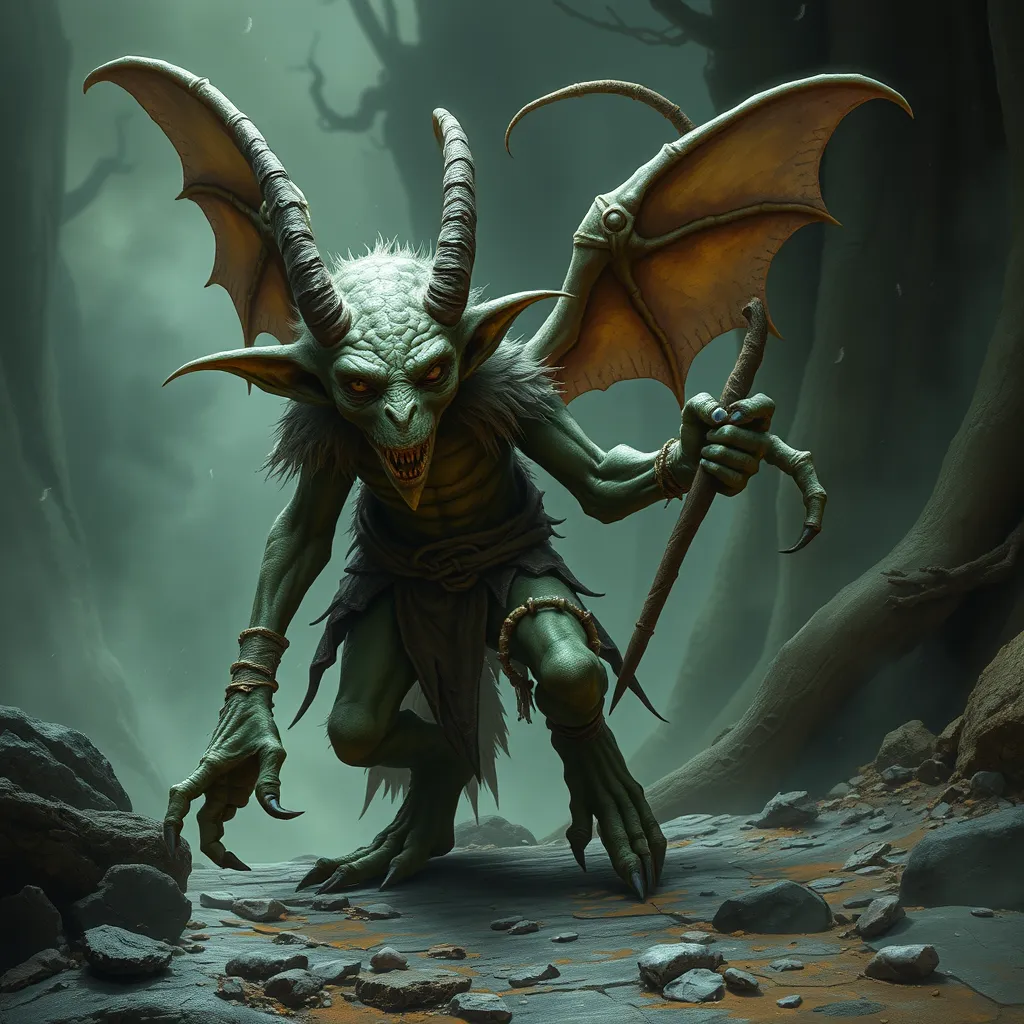Bigfoot and Indigenous Cultures: A Shared History of the Creature
I. Introduction
Bigfoot, often depicted as a large, hairy humanoid, has captured the fascination of people around the world. From films to documentaries, this elusive creature has become a staple of popular culture. Yet, beyond the sensational stories lies a rich tapestry of Indigenous perspectives that offer profound insights into the lore of Bigfoot.
The significance of Indigenous cultures in understanding Bigfoot cannot be overstated. These cultures have long woven the creature into their narratives, providing context that enriches our understanding of its place in North American mythology. This article aims to explore the intersection of Bigfoot lore and Indigenous cultures, revealing a shared history that goes beyond mere superstition.
II. Historical Context of Bigfoot in Indigenous Traditions
Bigfoot has deep roots in the oral traditions of various Indigenous tribes across North America. Early accounts often depict the creature in ways that reflect the values and beliefs of the communities telling the stories.
- Early accounts of Bigfoot in Indigenous folklore: Many tribes, including the Salish, Klamath, and Lakota, have stories of a giant, hairy being. These narratives often describe encounters with the creature, emphasizing its elusive nature and connection to the natural world.
- Variations of the creature in different tribes and regions: While the overall concept of Bigfoot remains consistent, regional variations exist. For instance, the Sasquatch in the Pacific Northwest contrasts with the Wendigo in the northern woods, reflecting unique cultural interpretations.
- The role of oral tradition in preserving Bigfoot narratives: Oral storytelling serves as a vital means of passing down these narratives through generations, ensuring that the cultural significance of Bigfoot endures.
III. Symbolism of Bigfoot in Indigenous Cultures
In many Indigenous cultures, Bigfoot transcends being just a creature; it embodies deeper symbolism.
- Bigfoot as a spiritual figure: Some tribes regard Bigfoot as a guardian spirit, representing strength and the mysteries of nature. This view positions the creature as a bridge between the physical and spiritual worlds.
- Representations of nature and humanity in Bigfoot stories: Bigfoot is often depicted as a protector of the forests and animals, symbolizing the interconnectedness of all living things.
- The creature as a symbol of the wilderness and Indigenous identity: Bigfoot represents the untamed wilderness, a vital aspect of Indigenous identity and heritage.
IV. Contemporary Perspectives on Bigfoot Among Indigenous Peoples
As society evolves, so do the interpretations of Bigfoot among Indigenous peoples. Modern beliefs often reflect a blend of traditional narratives and contemporary cultural influences.
- Modern beliefs and interpretations of Bigfoot: Today, some Indigenous peoples continue to see Bigfoot as a living being, while others view it as a mythological figure, emphasizing the importance of storytelling in preserving cultural identity.
- The impact of Western culture on Indigenous narratives: The commercialization and sensationalism of Bigfoot in Western media have led to a dilution of traditional narratives, creating a disconnect between Indigenous and non-Indigenous understandings of the creature.
- Indigenous activists and the reclamation of Bigfoot stories: Many Indigenous activists are working to reclaim their narratives, emphasizing the importance of authenticity and respect in the telling of Bigfoot stories.
V. The Role of Bigfoot in Ecological and Environmental Narratives
Bigfoot serves as a powerful symbol in ecological and environmental discussions within Indigenous cultures.
- Bigfoot as a guardian of nature in Indigenous lore: In many stories, Bigfoot is seen as a protector of the natural world, embodying the values of stewardship and respect for the environment.
- The intersection of Bigfoot stories and environmental stewardship: These narratives often highlight the importance of preserving natural habitats and the consequences of ecological destruction.
- Contemporary ecological movements and their ties to Bigfoot lore: Modern environmental movements often draw upon Indigenous stories of Bigfoot to advocate for the protection of wilderness areas, emphasizing a holistic view of nature.
VI. Bridging Cultures: Indigenous and Non-Indigenous Interactions
The relationship between Indigenous and non-Indigenous peoples regarding Bigfoot is complex, marked by both collaboration and tension.
- Collaborative research and storytelling initiatives: Some non-Indigenous researchers are partnering with Indigenous communities to explore Bigfoot lore, fostering a richer understanding of its cultural significance.
- The influence of Indigenous knowledge in Bigfoot investigations: Indigenous perspectives provide valuable insights that challenge mainstream narratives, emphasizing the importance of respect and understanding.
- Ethical considerations in sharing Indigenous narratives: As Bigfoot stories gain popularity, it is crucial to approach them with care, ensuring that Indigenous voices are prioritized in the telling of their own stories.
VII. Media Representations and Misinterpretations
Bigfoot’s portrayal in mainstream media often leads to misconceptions and cultural appropriation.
- How Bigfoot is portrayed in mainstream media: Films, television shows, and documentaries often depict Bigfoot in sensationalized ways, overshadowing the deeper cultural significance of the creature.
- Misconceptions stemming from cultural appropriation: Non-Indigenous portrayals can perpetuate stereotypes and misunderstandings, failing to honor the original narratives of Indigenous cultures.
- The importance of authentic representation of Indigenous stories: To counteract misrepresentations, it is vital to amplify Indigenous voices in media, fostering a more accurate and respectful portrayal of their stories.
VIII. Conclusion
The shared history between Bigfoot and Indigenous cultures reveals a rich narrative that transcends mere folklore. By respecting and preserving Indigenous perspectives, we can gain a deeper understanding of the creature’s cultural significance.
As we move forward, it is essential to explore future avenues for research and dialogue that honor these traditions, ensuring that the stories of Bigfoot continue to be told in ways that reflect their true meaning and importance.



